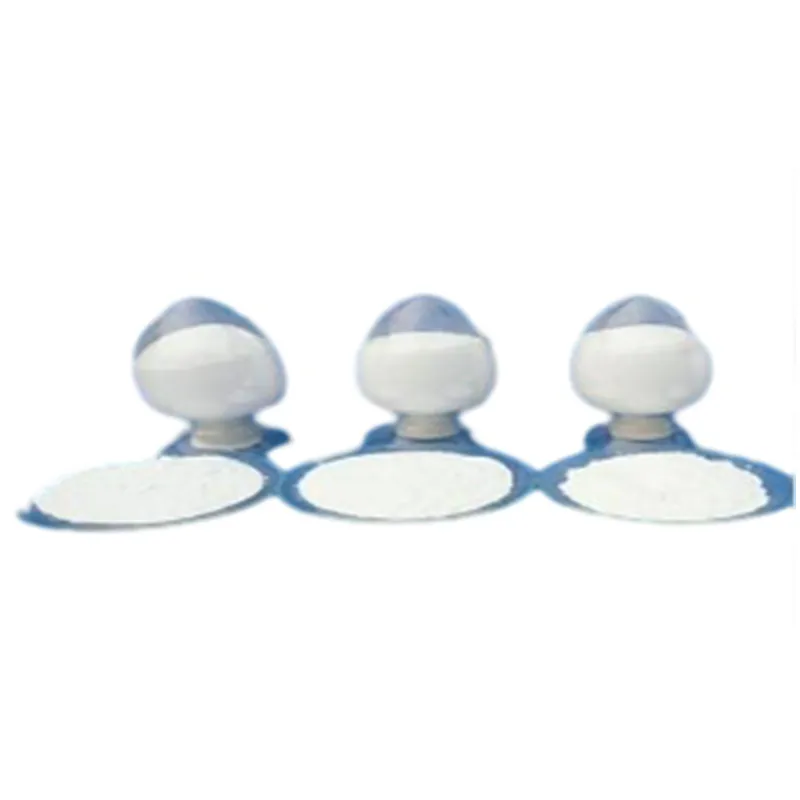
Exploring E172 Food Additives and Their Role in Food Industry
Understanding E172 Food Additive Implications and Uses
Food additives play a crucial role in modern food production and preservation, with one such additive being E172, which refers to iron oxides. This food coloring agent is utilized primarily to enhance the visual appeal of food products and is commonly found in a variety of items including confectionery, dairy products, and meat products. This article explores the characteristics, applications, safety, and regulatory status of E172.
What is E172?
E172 is a designation used in food labeling that encompasses several types of iron oxides, including red iron oxide, yellow iron oxide, and black iron oxide. These compounds are used because they provide vibrant colors ranging from deep red to yellowish hues. As a mineral-based coloring agent, E172 is considered to be a more stable choice compared to synthetic colorings, with the ability to withstand high temperatures and various pH environments without losing its integrity or hue.
Uses of E172
The primary function of E172 in food products is as a pigment. It is commonly added to
- Confectioneries E172 provides an attractive appearance to sweets and chocolates, making them more appealing to consumers. - Baked Goods Certain baked products may incorporate E172 to achieve a specific golden or reddish-brown hue, enhancing their visual appeal.
- Meat Products E172 is often used to give processed meats a vibrant color that mimics that of fresh meat, which can be important for consumer perception and sales.
e172 food additive

- Dairy Products Some dairy items use this additive to improve color consistency and attractiveness
.Beyond food, E172 is also employed in cosmetics and pharmaceuticals, where it serves a similar purpose in enhancing color.
Safety and Regulatory Status
E172 has been evaluated for safety by various health organizations, including the European Food Safety Authority (EFSA) and the World Health Organization (WHO). These assessments determine acceptable daily intake levels and ensure that consumption does not pose a risk to human health. The general consensus is that E172 is safe for use in food products when used within established limits.
In the European Union, E172 is authorized for use in food items, with stringent regulations governing its application. Food manufacturers must comply with these regulations to ensure that the public is protected from potential adverse effects. As with any additive, there may be concerns regarding allergic reactions or sensitivities in a small percentage of the population, though these occurrences are rare.
Conclusion
E172, or iron oxides, is a vital food additive that contributes to the visual appeal of many food products. Its stable properties, versatility, and regulatory approval highlight its significance in the food industry. While concerns about food additives often arise, the rigorous safety assessments and regulations in place ensure that E172 can be enjoyed by consumers without significant risk. As food technology continues to evolve, the role of additives like E172 will remain essential in meeting consumer expectations and enhancing product quality. Consumers are always encouraged to read labels and stay informed about the ingredients in their food to make educated choices.
-
Nitrile Rubber Honoring Strict Production StandardsNewsAug.22,2025
-
Aspartame Ingredients Honoring Food Safety ValuesNewsAug.22,2025
-
Fertilizer for Balanced Plant NutritionNewsAug.22,2025
-
Cyanide Gold Processing with High Purity AdditivesNewsAug.22,2025
-
Formic Acid in Textile Dyeing ApplicationsNewsAug.22,2025
-
Aluminum Hydroxide Gel in Skincare ProductsNewsAug.22,2025
-
Regulatory Compliance for Global Mining Chemicals UseNewsAug.12,2025
Hebei Tenger Chemical Technology Co., Ltd. focuses on the chemical industry and is committed to the export service of chemical raw materials.
-

view more DiethanolisopropanolamineIn the ever-growing field of chemical solutions, diethanolisopropanolamine (DEIPA) stands out as a versatile and important compound. Due to its unique chemical structure and properties, DEIPA is of interest to various industries including construction, personal care, and agriculture. -

view more TriisopropanolamineTriisopropanolamine (TIPA) alkanol amine substance, is a kind of alcohol amine compound with amino and alcohol hydroxyl, and because of its molecules contains both amino and hydroxyl. -

view more Tetramethyl Thiuram DisulfideTetramethyl thiuram disulfide, also known as TMTD, is a white to light-yellow powder with a distinct sulfur-like odor. It is soluble in organic solvents such as benzene, acetone, and ethyl acetate, making it highly versatile for use in different formulations. TMTD is known for its excellent vulcanization acceleration properties, which makes it a key ingredient in the production of rubber products. Additionally, it acts as an effective fungicide and bactericide, making it valuable in agricultural applications. Its high purity and stability ensure consistent performance, making it a preferred choice for manufacturers across various industries.





